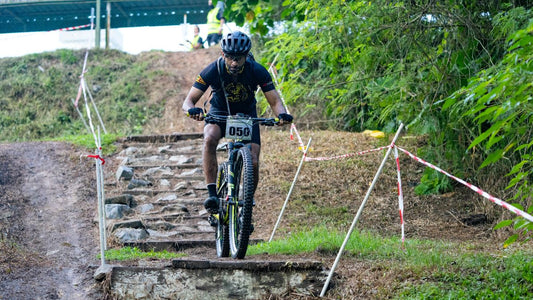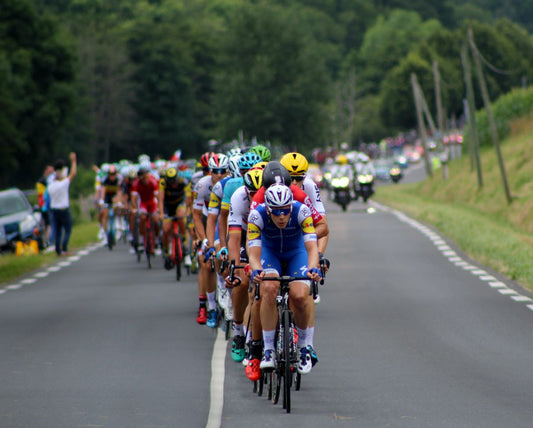brek a-wey
Verb, Noun
To accelerate away from the pack in a bicycle race.
Example usage: The cyclist made a break away in the last lap of the race.
Most used in: Road cycling and racing.
Most used by: Professional cyclists and amateur racers.
Popularity: 8/10
Comedy Value: 2/10
Also see: Solo Break, Attack, Jump, Accelerate,
What is a Cycling Break Away?
A break away is a cycling tactic used to distance oneself from the main group of riders. It is a common strategy used in professional cycling, with the aim of creating a gap between the leading rider and the main group. The break away is usually initiated by a single rider or a small group of riders. It is often used as a way of gaining an advantage in the race.
Statistics show that break away tactics are effective in achieving success in cycling. In the 2019 Tour de France, break away riders were successful in winning 7 out of the 21 stages. This shows that break away riders are able to create a significant advantage over the main group of riders by using this tactic.
In conclusion, a break away is a common cycling tactic used to distance oneself from the main group of riders. It is often used as a way of gaining an advantage in the race and has been shown to be successful in professional cycling.
.The Origin of the Term 'Break Away' in Cycling
The term 'break away' originated from the sport of cycling. It is used to describe a situation in which a cyclist or group of cyclists gains a significant lead over the rest of the pack. It was first used in the early 1900s in Europe, where cycling was a popular sport.
The term was first used in France, where it was used to describe an event in which the leading cyclist or group of cyclists managed to gain a significant lead over the rest of the pack. This was usually done by taking advantage of the wind, terrain, or other conditions that allowed them to increase their speed and distance from the pack. The term was quickly adopted by other European countries, and eventually spread to the rest of the world.
The term has become an integral part of the sport of cycling, and is used to describe any situation in which a cyclist or group of cyclists manages to gain a significant lead over the rest of the pack. It is a term that has come to be associated with the sport, and is still widely used today.












